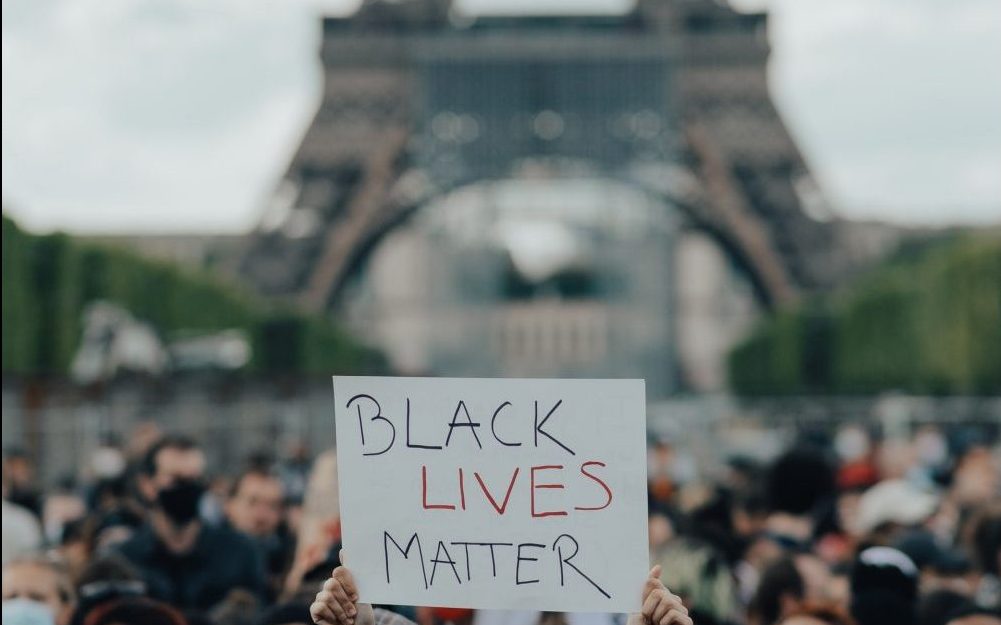‘Structure is red,
Agency blue,
With random effects
Both can be true’
Chances are that if you know about random effects, you use them a lot in your research. Alternatively, you could be a quantitative social scientist with only the vaguest idea about their application. Beloved of social statisticians, derided by economists, random effects are absent from most foundation-level courses in applied quantitative analysis in the social sciences. As social inequality scholars (in health – Laura Sochas; in education – Amelia Peterson), we believe they are incredibly helpful to quantitatively study the age-old agency versus structure debate. We also argue that new applications and existing properties of random effects are still underused and hold great promise for the study of social inequalities.
For those unfamiliar with random effects, this is the elevator pitch introduction. Multilevel models, as their name indicates, allow for the quantitative study of variables at multiple levels – individuals nested in schools; households nested in regions; patients nested in hospitals, etc. Fixed effects multilevel models handle the effect of being part of that group or structure as something to control for in order to reduce bias in estimating the effect of individual-level characteristics on the outcome of interest. Random effects, in contrast, extract substantive information from the group-level term regarding how important group membership is, enable the inclusion of group-level characteristics in the model as well as group membership, and, using random slopes, allow the effect of individual characteristics to vary across groups.
Because of this, random effects are the perfect set-up for analysing social inequalities. You are explicitly modelling social beings, such as children, doctors, students, employees, within their social structure, be that a family, a firm, a school, a health service’s catchment area, a neighbourhood, or a country. In studying inequality, we know that “structure” does not just mean buildings or formal organizations: different institutional or material conditions can have different effects, depending on a person’s position in, for example, a social hierarchy. Random effects are ideal for answering questions such as: “How much of the disparities in educational achievement can be explained by school membership?”; “Which schools are best at dialling down the effect of disadvantaged social origins on education achievement?”; “What level of social structure is most important in shaping health outcomes? Family, neighbourhood or GP catchment area?”. All of this analysis is powered by the quantification of individual-level variability between groups versus within groups. While there is a strong tradition of this research method in education (allowing us, for example, to study how “school effects” vary by group and different compositional features), it is less often applied in other social policy fields.
Recent publications demonstrate exciting innovations for the application of random effects in social inequality research. One of these is called MAIHDA: Multilevel Analysis of Individual Heterogeneity and Discriminatory Accuracy. The core idea behind MAIHDA is that random effects can be used to determine whether the social structure (e.g. neighbourhoods) has predictive power for the outcome of interest. Clare Evans has pioneered the use of MAIHDA in the context of intersectional health inequalities analysis. Instead of nesting individuals within tangible social structures, she nests them within more abstract but highly influential overlapping axes of discrimination and privilege, such as race, gender, income, and age. This offers a highly innovative and efficient quantitative method to evaluate intersectionality hypotheses first developed and evidenced by American Black feminist scholars such as Kimberle Crenshaw in the 1980s. In the case of intersectional MAIHDA, each individual is nested within his or her relevant intersection: e.g. Hispanic, female, young, and middle class; or White, male, old and poor. A random effect is defined at that intersectional membership level. By adding fixed variables measuring each categorical membership to the model (e.g. a variable for gender, a variable for race, etc), which controls for additive effects, the variance of the random effects is interpreted as the multiplicative effect of intersectional membership (see here for a recent critical discussion of necessary assumptions).
In a recent paper exploring maternal healthcare access inequalities in Zambia, Laura Sochas draws inspiration from these novel approaches to imagine another abstract but important social environment, which she calls health system environments. Instead of defining these solely geographically, such as a health facility’s catchment area, she combines different geographic characteristics of the health system environment (geographic access to any health facility, to a midwife, and/or to a hospital capable of conducting Caesarean sections), with social characteristics we know are discriminated against in the Zambian health system (being poor, having many children). Individuals are nested within these multidimensional health system environments, which combine important geographic and social aspects. Thanks to MAIHDA, it is possible to establish whether health system environments have the power to accurately predict which women will suffer from particularly low access, and to identify which dimensions of the health system environment have higher predictive power. Under a progressive universalism approach, where the worst off are prioritised for public investment, this approach could be an important asset in combatting social inequalities.
The ability to contextualise individuals within their social structure is what we love most about random effects. Recent innovations point to the possibility of imagining aspects of social structures that are no less important for being intangible. With these approaches, quantitative methods can increasingly catch up with the sophistication of theory when it comes to understanding the processes that create and reproduce inequalities.
Note: This article gives the views of the authors, and not the position of the Social Policy Blog, nor of the London School of Economics.





